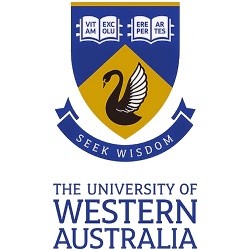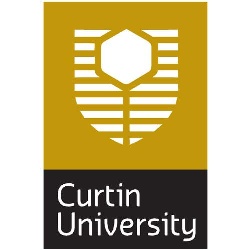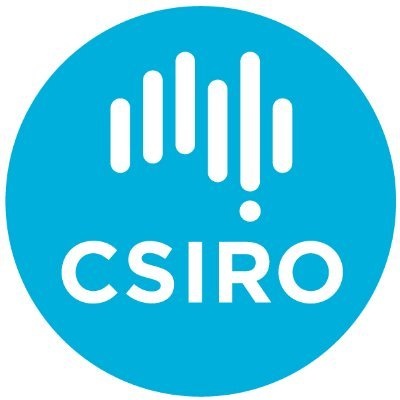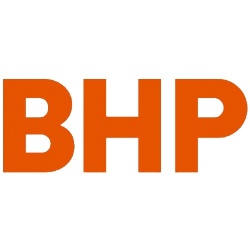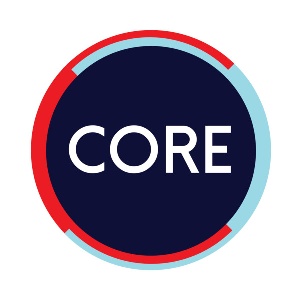Braden is a PhD student in Theme 2. He describes himself as a proud mathematician with experience in complex systems and machine learning. He is also skilled in data analysis, communication and tutoring. Braden completed his degree in applied mathematics with first class honours at the University of Western Australia. His thesis looked at ways of applying reservoir computing (a mix of machine learning and dynamical systems) techniques to time-series diagnosis, with an application to cavitation detection from pump vibration data. Braden is continuing this research under the supervision of Prof. Michael Small, Dr Thomas Jungling, Dr Debora Correa and Dr Ayham Zaitouny from the University of Western Australia. His focus remains on time series analysis with machine learning, with a particular focus on reservoir computing and other dynamical system modelling techniques. Braden is currently on placement with Roy Hill Estimating remaining length for sizer teeth. The benefits of improved understanding and control of sizer teeth wear are two-fold, 1 - Reduced risk of asset failure (teeth dropping below acceptable length) and 2 Reduced cost through maximisation of resource allocation and the prevention of replacing sizer teeth before they have been worn through. PHD Research – Reservoir Time-Series Analysis: Foundations and Application Reservoir computing, a supervised learning methodology, has been heavily researched over the last two decades. It has shown impressive performance across numerous tasks (prediction, classification) and various signals (deterministic, stochastic). However, when we do not have labels or an external measurement to aim for; our task is inherently unsupervised. Despite its popularity, reservoir computing has seen little exploration into how it may be utilised for unsupervised tasks. Braden plans to consider the typical reservoir computing regime but disregard the computation or training step. This will present a complex, high-dimensional structure that has captured all the signal's information fed into the reservoir. Braden will consider several methods for reading this structure and explore how it reacts to different inputs. With these methods developed, Braden will then transition into application-based tasks. Of particular interest to him is concept drift detection, where the task setup is well suited for our proposed form of analysis. Braden expects that developing such an unsupervised approach could lead to powerful, generalised methods for time series analysis. Expected outcomes include
-
Page:A Novel Approach to Time Series Complexity via Reservoir Computing (...) —
Conference Publishing
Braden Thorne
Authors: Braden Thorne, Thomas Jüngling , Michael Small , Debora Correa , and Ayham Zaitouny
2022-12-07
-
Page:Reservoir time series analysis: Using the response of complex dynamical systems as a universal indicator of change (...) —
Journal Article
Braden Thorne
Authors: Thorne, Braden Jüngling, Thomas Small, Michael Corrêa, Débora Zaitouny, Ayham
2022-02-10
-
Page:Parameter extraction with reservoir computing: Nonlinear time series analysis and application to industrial maintenance (...) —
Journal Article
Braden Thorne
Authors: Thorne, B., Jüngling, T., Small, M., & Hodkiewicz, M. (2021).
2021-03-01
-
Page:
-
Page:
-
Page:
-
Page:
-
Page:
-
Page:
-
Page:
There is no content with the specified labels
There is no content with the specified labels
